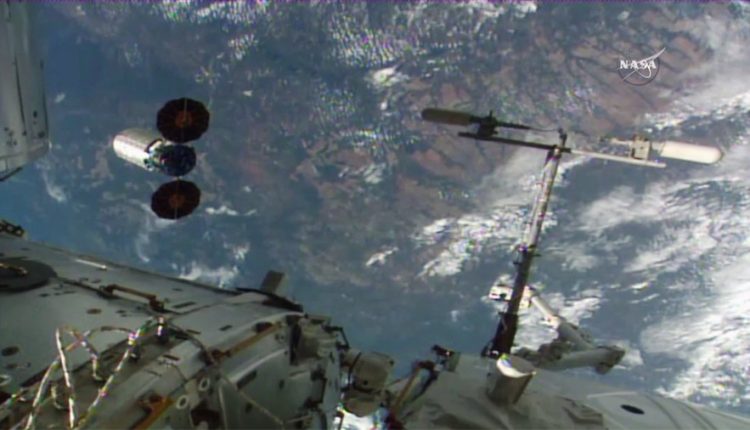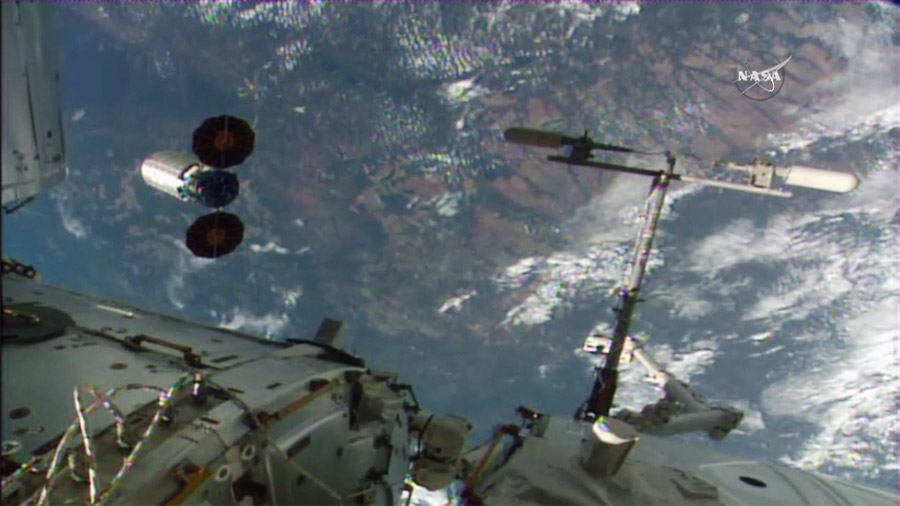
NASA just set its Cygnus cargo ship on fire in space
After spending 80 days attached to the International Space Station and delivering almost 7,500 pounds of cargo to support dozens of science experiments, the Orbital ATK Cygnus cargo spacecraft was set free — and then set on fire — intentionally.
The fire is part of the Saffire-I experiment which aims to provide a new way to study a realistic fire on a spacecraft. This task hasn’t been possible in the past because the risks for performing a study like this with crew onboard were too high. Instruments on the returning Cygnus measured flame growth, oxygen use and other factors, whose results could determine microgravity flammability limits for several spacecraft materials and help scientists understand how microgravity and limited oxygen affect flame size.

This fire investigation was crucial for the safety of current and future space missions.
“Gaining a better understanding of how fire behaves in space will help further NASA’s efforts in developing better materials and technologies to reduce crew risk and increase space flight safety,” said Gary A. Ruff, NASA’s Spacecraft Fire Safety Demonstration project manager.
On June 14, at 7:30 am EST a robotic arm at the ISS detached the module from the main station. Two hours later the vessel was released about 254 miles above Paraguay to fly independently. At that time the remotely-conducted experiment took place in a three-by-three-by-five foot tall module carried aboard Cygnus.The module remained on-board while supplies for the station were offloaded and the experiment was conducted during the return trip to Earth.
“Cygnus will continue to orbit Earth for up to eight days as it transmits hi-resolution imagery and data from the Saffire experiment. Following complete data transmission, the Cygnus spacecraft will complete its destructive entry into the Earth’s atmosphere on June 22,” according to a NASA blog.

Comments are closed, but trackbacks and pingbacks are open.